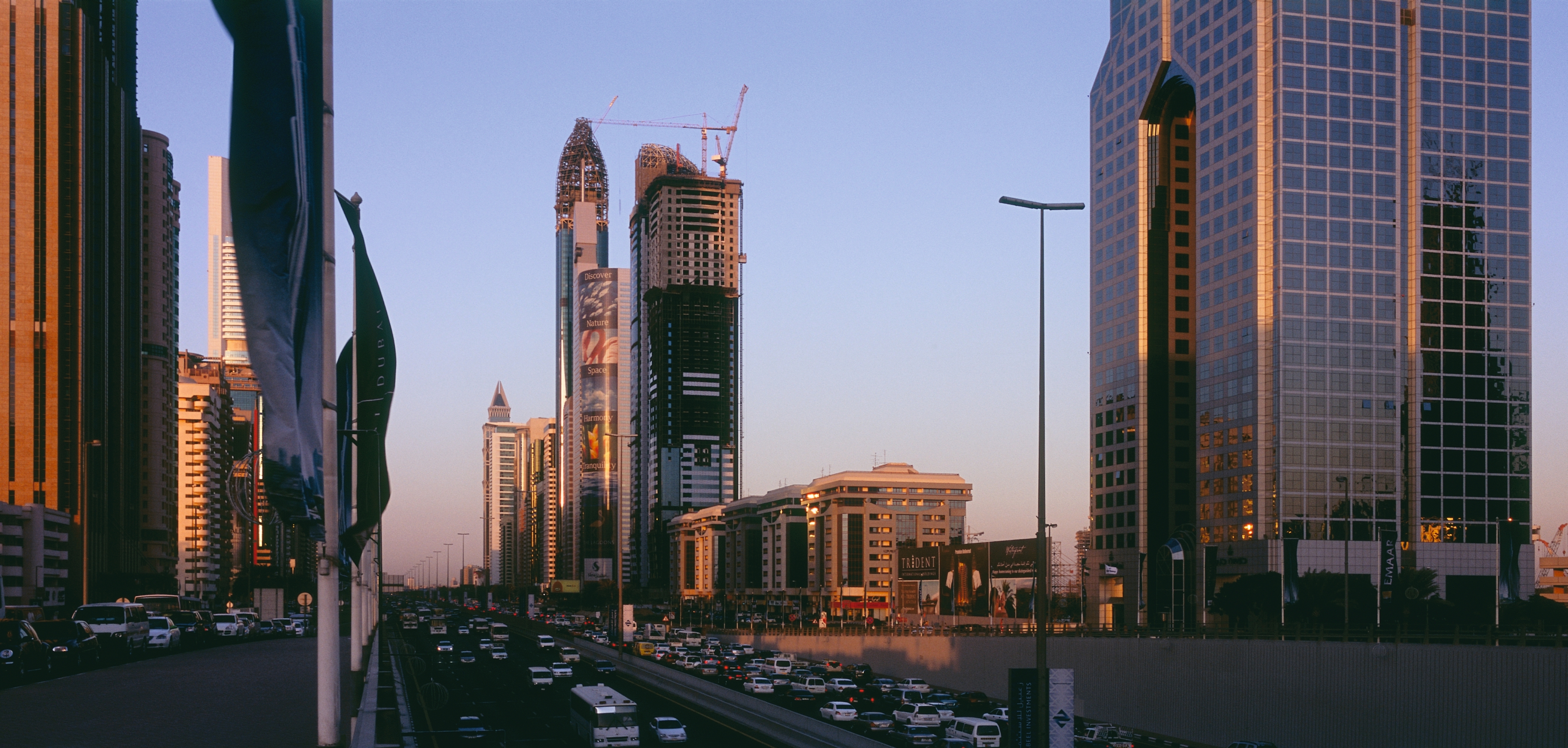
Photovoltaics extreme

The Earth’s sunbelt is particularly attractive for the use of photovoltaics: The strong sunshine that prevails between Southern Spain and South Africa can be used for solar energy. Yet solar modules frequently have to contend with other conditions in this region: high temperature differences between day and night and heavy dew in the early morning hours. In the »PV Extreme« research project the Fraunhofer IMWS, together with its partners, is developing and optimizing suitable materials for photovoltaics under such extreme conditions – including for solar modules, which can be directly integrated into the façades of buildings.

The market potential for photovoltaics in the global sunbelt, which covers 148 countries in total, is enormous. On the one hand, solar systems can be connected there over large areas to form solar power stations. On the other hand, due to the high levels of solar radiation, building-integrated solar modules that can be used in façade systems of high-rise buildings or other structures, are also particularly attractive.
All components of a solar module, from the solar cell to the encapsulation material and the tabbing wire through to the solar module glass cover, must be able to withstand the stresses of the conditions that exist, for example, in desert regions. »Compared to use in Germany say, the temperatures, temperature distances and radiation exposure, especially the extreme UV radiation, are significantly higher in these regions. As moisture frequently deposits on the modules during the early hours of the morning, the electrical requirements are also increased«, said Dr. Stefan Schulze, who heads the project at the Fraunhofer IMWS.
In the »PV Extreme« project, which is funded by the Ministry of Economy, Science and Digitization of the State of Saxony-Anhalt, the partners of the Fraunhofer IMWS, Fraunhofer CSP and the packaging film manufacturer Folienwerk Wolfen, are using new types of polymer films as the encapsulation material. These are particularly heat and ageing resistant and have already proven that they are also suitable for applications in building integration. The project partners will determine which requirements the material must be able to fulfil, what the effects of the interactions of the various climatic conditions are and what materials already on the market, raw polymers, polymer mixtures to be created, multilayer films and additives have the optimum properties for these requirements. They will not only assess the (thermo)mechanical properties, but will also take into account the optical properties of the composite materials, possible physical ageing effects and economic aspects such as availability, price and sales potential.
In addition to the new materials, methods will also be developed in the project, in order to test the serviceability of solar modules in extreme climates and to adapt the manufacturing processes accordingly. In this way, it should be possible to produce solar modules which combine high yield with a high level of reliability and a long life. Project manager Stefan Schulze: »If we succeed in this, we will not only have made a decisive contribution to the increased use of photovoltaics in the Earth’s sunbelt – and thus to climate protection. We will also secure ourselves an ideal competitive position in the expansion of solar power in these countries.«